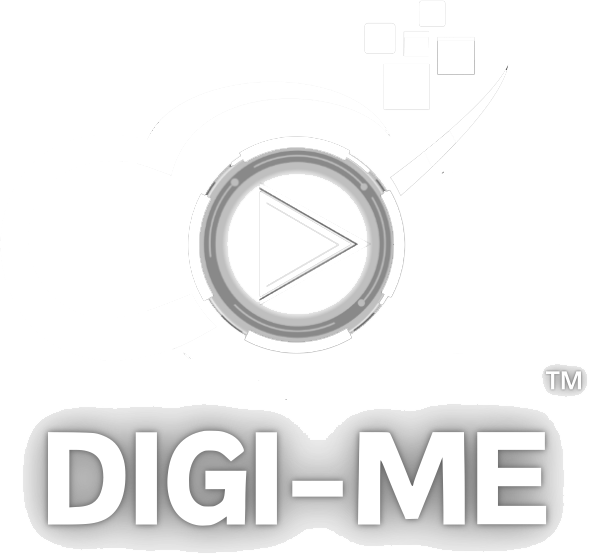While confusion appears to reign in recruiting leaders on how to create a secure talent acquisition techniques, our organization can build a robust set of analytics over the recent few years. This way it will assist in predicting where hiring will take place before the requisition occurs and what type of candidate entities should be looked into to meet the expected requirements. We use programs like Digi-Me, which works in recruiting and staffing, which is also referred to as talent acquisition sourcing.
It is interesting how much data and training there is for those recruiters who consider tools and tactics to do their work. Initially, when I started a business, I didn’t have any access to data or the absolute amount of other’s experience to draw information. This program is a huge boon for those that decide to build a career in talent acquisition sourcing.
Developing a talent program is difficult. It takes on multiple video job ad types based on the organization’s structure, business needs, location, industry and readily available talent. As you can predict and attest, the perfect practices in sourcing, assessing and hiring are widely different. What works for the latter does not always for the others. So why build a robust universal model for top-performance talent acquisition sourcing programs? Because, from an analyst point of view, it is a crucial process; finding common denominators among the globe’s most efficient hiring companies is a brave undertaking; however, it offers the much-desired aspect on what is working and what is not in the battle for talent.
Critics will say that that sourcing people and promoting essential positions are more difficult activities than promoting products through video ads. I agree. However, video job ads do not annul the general learnings and parallels which can be gleaned. You will require tailoring the program to your needs and understanding what does not work and what works when applied to individuals.
Talent market data
In determining a bold talent-sourcing program, the initial step is to get the information that hiring managers will need to decide on where to exercise recruiting activities. With this data, you can find which of the employees have the most effect on the company, make the most sales, return most of the profit or have stayed the longest. By collecting a myriad of external and internal data, the analyst can start to indemnify or challenge assumptions and gather quantified information to build accurate pictures of the perfect candidates and their characteristics.
This picture should involve pertinent information about things like the salary difference in comparison with other competitors and to the attractiveness of your organization or brand. Some variables can be added to the scale, and a team of hiring managers or recruiters could, for instance, rank the positions by the amount of sourcing difficulty. How the candidates react to the variables is dependent on your promotion and sourcing methods. You can add other facts which matter to the candidates you are inspecting like housing costs and whether the position can be executed virtually.
Current position Analysis
Some organizations need their employees to answer a survey about their skills and past employment. By acquiring data like this and the data already found on the Digi-Me career site or from resources of data, you will start to learn the trends and perform simple predictions. For instance, if each candidate hired from an individual competitor has an impressive work history and fantastic performance record, there will be a high probability that a similar person looking for a position in your organization from the same company will also have these features.
There are various things to analyze and track that will promote the recruiting function. For instance: what equipment and media are you presently using? How are you currently locating candidates? When are you finding candidates, and does the timing matter? Such as, if you are paying thousands of dollars for video ads or job postings, how many prospective candidates did those develop and how many converted into hires? How much do the recruiting activities cost? If you run a Facebook video ad on Friday, for example, does is lead to more leads than the same video ad on Tuesday?
How long does it take an external hire to be productive versus an internal one?
From this analysis, you can now be able to quantitatively give answers to questions like, which media and channels can we use? Which is the most appropriate for this kind of candidate?
What-if Analysis
While you can perform much of the analysis detailed above without top-level number chomping, you will possibly require assistance setting up this step. If you have a sophisticated marketing section or an internal analytics group, they might have the analysts and programs which you can join hands or you might require considering hiring a professional to aid you set up the systems to perform these analyses. The boost in success will be worth the cost. There are myriad software tools and programs like Digi-Me or statistical analysis packages, which can be bought to ensure better analysis.
The information scales, and correlations developed in the initial two stages above could be used to do what-if cases. What-if cases are occasionally in huge companies and the military as they prepare for product rollouts or other vital initiatives. They are a strategy to scrutinize in a quantitative and quantitive way probable future state. For example:
You could ask, “what if we did not perform video ads and post any job position and just used search? Would we gather less or more candidates? Could they be of a similar quality?”
There are myriad probabilities and information that can be manipulated to ascertain the efficacy of any of these. However, it takes a sophisticated analytical equipment and experts to create these predictive analyses and might not be the dollars spent for many organizations. Specific tools that do these are increasingly available and are easy to use making them more affordable and accessible.







